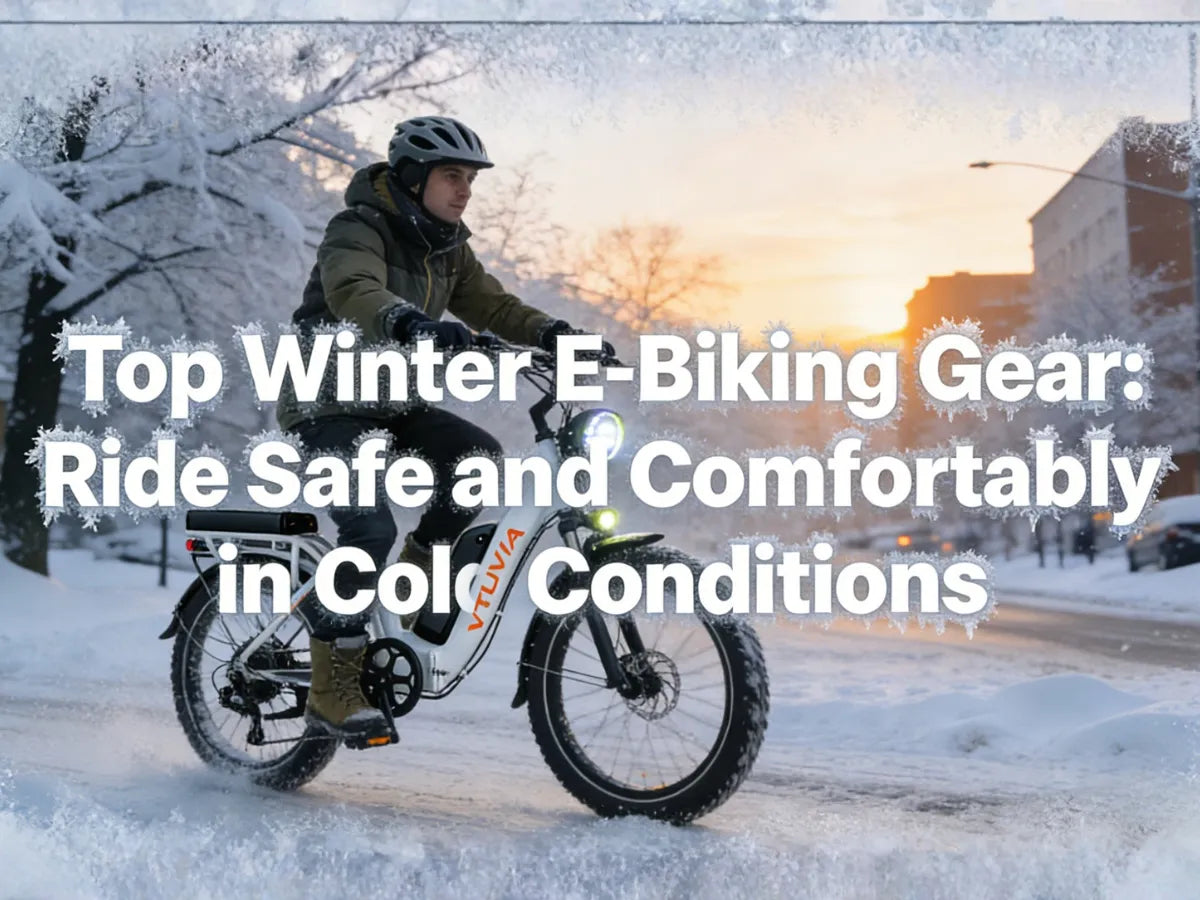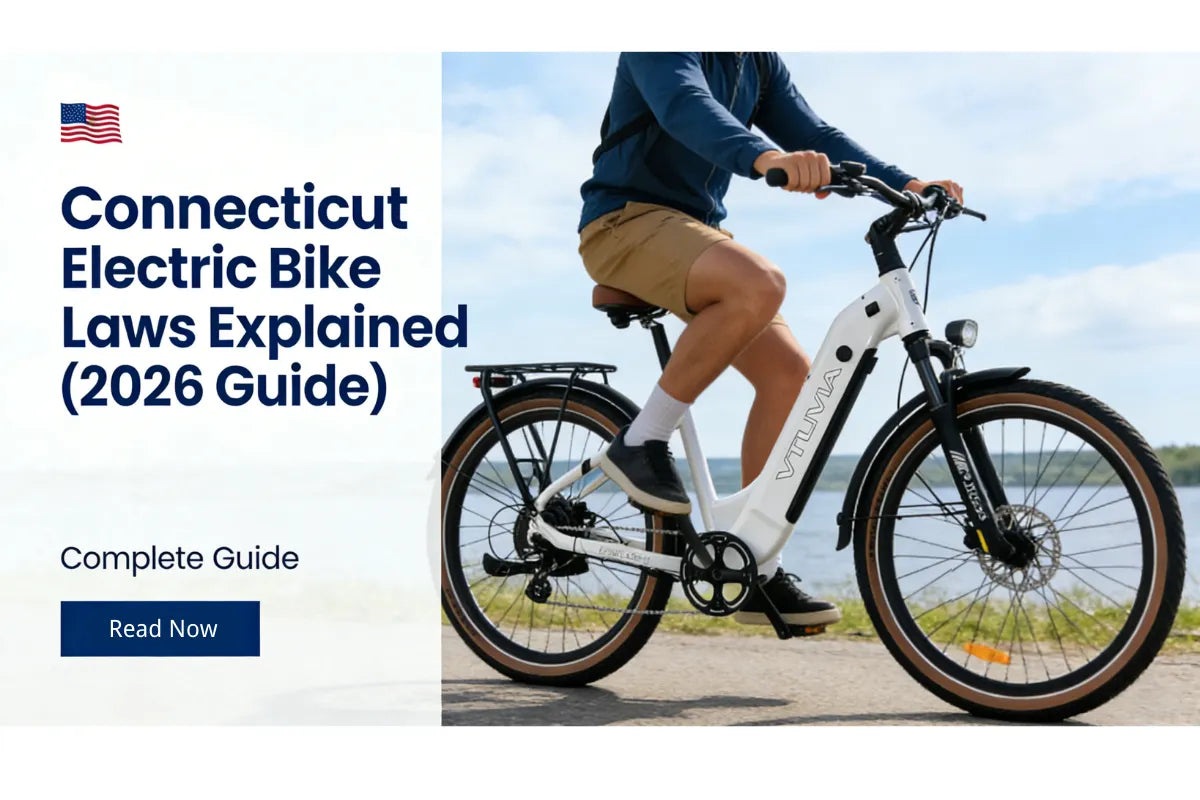
A 1000W electric bike represents a powerful middle ground between commuter-friendly e-bikes and true high-performance machines. Riders often ask: “How fast can a 1000W electric bike really go?” The answer depends on motor design, battery voltage, rider weight, terrain, and even legal limits—but with the right setup, a 1000W motor can deliver thrilling, reliable, and efficient performance.
Below, we break down everything you need to know using long-form, insight-driven explanations—just like your sample style—to help you fully understand what a 1000W e-bike is capable of.
Power Unleashed: The 1000W Motor
“Unleash Your Power: The 1000W Motor” is anything but an exaggeration. A 1000W motor brings a level of performance that goes far beyond standard commuter bikes, offering riders the ability to accelerate quickly, climb steep hills without hesitation, and maintain higher cruising speeds—even under load. This blend of brute strength and smooth delivery is exactly why 1000W e-bikes are highly sought-after by both adventure-oriented riders and daily commuters who demand dependable performance.
When we talk about a 1000 W motor rating, we’re referring to its continuous power output—the amount of power it can sustain over long periods without overheating or triggering thermal protection. This is an important detail because many electric bikes advertise a much higher peak power rating (such as 1,200 W or 1,300 W), but these peaks last only for brief bursts: during acceleration, hill climbs, or heavy load situations. What affects your real-world riding experience is the motor’s continuous rating, not the advertised peak.
Continuous power is what ultimately determines your ability to:
- Maintain a stable high cruising speed on flat terrain
- Climb long or steep hills without losing speed
- Carry passengers, groceries, or equipment efficiently
- Ride for extended periods without overheating the motor
Peak power, meanwhile, affects short-duration moments—such as how quickly your bike can accelerate from 0–20 mph.

Modern 1000W motors are impressively capable, usually delivering 80–120 Nm of torque, depending on the motor type (hub motor vs. mid-drive). This torque output is what gives the bike its immediate punch when you hit the throttle or start pedaling. It also enables strong climbing performance without requiring excessive battery drain or risking motor stress.
For perspective, a typical 250 W commuter motor produces only around 40 Nm of torque. That means a 1000W system can generate roughly 2–3× the force, transforming how the bike handles challenging terrain, heavy loads, and rapid acceleration. If you’ve ever ridden a standard commuter motor and wished for more hill-climbing capability or faster takeoff, a 1000W motor provides exactly that upgrade.
How Fast Can a 1000W Electric Bike Go?

The actual top speed of a 1000W electric bike varies significantly based on configuration, legality, and environmental factors. However, in most real-world scenarios, here’s what you can expect:
- With speed limiter enabled (street-legal mode): 20–28 mph (32–45 km/h)
- Unrestricted on flat terrain: 28–35 mph (45–56 km/h)
- With higher voltage + ideal conditions: 37–40+ mph (60+ km/h)
These numbers are influenced by the bike’s battery voltage, controller settings, wheel size, rider weight, and aerodynamics. A 48V system will naturally achieve lower speeds compared to a 52V or 60V setup, even when paired with the same motor.
Under VTUVIA-calibrated settings, a properly tuned 1000W motor achieves a balance between top speed, acceleration, and long-term reliability, offering fast yet stable performance for both on-road and off-road riding.
Battery Voltage: The Hidden Force Behind Speed
If the motor is the heart of the bike, the battery system—especially voltage—is the strength of its pulse. Riders often underestimate how dramatically battery voltage affects the top speed and acceleration of a 1000W electric bike.
Here’s the basic principle: Voltage determines motor speed potential. Wattage determines work capacity. Torque determines how strongly it performs that work.
For example:
- 48V × 20A controller = 960W output
- 52V × 20A controller = 1,040W output (nearly 10% increase instantly)
This voltage increase results in:
- Higher top speed potential
- Stronger acceleration
- Reduced strain on the motor for the same speed
This is why many high-performance 1000W e-bikes—including models in the VTUVIA lineup—pair the motor with a 52V battery system. It’s not just “more power”; it’s more efficient power delivery, allowing the bike to achieve speed smoothly instead of forcing the motor to work harder.
Meet the VTUVIA GEMINI: Built to Handle Real Power
If you’re looking for a real-world example of how a 52V system transforms the riding experience, the VTUVIA GEMINI is the perfect showcase. Designed for riders who want both strength and stability, the GEMINI delivers high-output performance without sacrificing comfort or control.
- 1000W Motors (1500W Total Peak Power): Conquer steep hills, sand, snow, and rugged terrain with ease.
- 52V Dual 10.5Ah High-Capacity Battery(1095Wh): Provides stronger, more efficient power delivery for better torque and longer range.
- Up to 90–100 Miles of Range: Ideal for long adventures, weekend rides, or daily commuting.
- Hydraulic Disc Brakes: Reliable stopping power for high-speed and heavy-load situations.
- All-Terrain Fat Tires: Extra traction for off-road exploration.
- Rear Rack + Heavy-Duty Frame: Perfect for gear, hunting equipment, or cargo.
The GEMINI isn’t just about raw strength—it’s about confident, stable, and comfortable riding, no matter where your journey takes you.
Motor Types Matter: Hub vs. Mid-Drive
The two main motor architectures used in 1000W e-bikes create different riding experiences. Understanding these differences helps you pick the system that matches your terrain and riding style.
1. 1000W Hub Motor
A hub motor provides direct wheel rotation, meaning instant response, smooth acceleration, and excellent reliability. They’re perfect for:
- Commuters
- Beach cruising
- Cargo and utility riding
- Riders who prefer throttle-based control
They offer high top speeds, require almost no maintenance, and support strong torque output—especially in high-quality geared designs.
2. 1000W Mid-Drive Motor
A mid-drive applies power through the drivetrain, leveraging bicycle gear ratios for maximum efficiency. This design excels in:
- Steep hill climbs
- Technical off-road trails
- Heavy cargo situations
They typically offer superior torque amplification and more natural pedal feel, although they require more maintenance and can stress the chain if misused.
Real-World Speed Factors: Why Numbers Vary
Even identical 1000W motors can produce dramatically different speeds depending on the conditions. Here are the most influential real-world factors:
- Battery voltage — higher voltage = faster top speed
- Controller amp limit — defines acceleration strength
- Rider weight — heavier riders experience lower top speeds
- Terrain — slopes reduce maximum speed significantly
- Wind resistance — becomes exponentially stronger above 25 mph
- Tire size & tread — wider tires trade top speed for stability
- PAS vs. throttle — throttle drains battery and lowers sustained top speed
Understanding these variables helps riders properly tune performance and choose the right bike setup for their environment.
Is a 1000W Electric Bike Street-Legal?
Legality depends heavily on regional regulations. In many U.S. states, the maximum allowed motor rating for a “Class 2” or “Class 3” electric bike is 750W. A 1000W e-bike may fall into a moped or motor-driven cycle category depending on its speed and configuration.
Common requirements for non-compliant e-bikes include:
- Registration
- Insurance
- Helmet mandates
- Minimum age requirements
Many 1000W e-bikes include a factory speed limiter that caps the top speed to legal limits. Riders can switch between:
- Street-legal mode — 20–28 mph
- Off-road mode — full 1000W performance
This dual-mode approach ensures both compliance and performance when needed.
Should You Choose a 1000W Electric Bike?
A 1000W electric bike is ideal for riders who want:
- Higher top speeds
- Superior hill-climbing capability
- Powerful acceleration
- Strong cargo or passenger hauling ability
- Off-road readiness
If your riding involves steep hills, heavy loads, rural roads, or adventurous terrain, a 1000W setup provides a comfortable and confident ride—without feeling underpowered.
Urban riders may choose a 1000W bike for performance, but must ensure they comply with local regulations and speed restrictions when riding in city environments.
Final Thoughts
A 1000W electric bike delivers a thrilling mix of speed, torque, and reliability. With the right battery voltage, motor design, and controller tuning, these bikes can reach 28–35 mph comfortably and push even further under optimized conditions. Whether you’re a commuter looking for faster travel, a weekend explorer tackling hills, or a heavy-cargo rider needing more muscle, a 1000W motor offers performance that lighter systems simply can’t match.
If you want help choosing the best setup based on your terrain and riding style, our VTUVIA team is always here to guide you toward the perfect model.





Share:
Florida Electric Bike Laws: The Complete 2025 Guide
VTUVIA SX20 vs Velotric Fold 1 Plus: Which Folding Electric Bike Offers Better Value?